
World Series Champion Andrew Hauser knows a thing or two about athletic performance.
Over 14 years, he served in leadership roles across five Major League Baseball teams, overseeing player health, performance, and rehabilitation.
In 2021, as the Director of Performance Rehab for the Los Angeles Dodgers, Andrew faced a significant challenge: finding training equipment suitable for his team during the grueling travel schedule of a baseball season.
“In baseball, you’re in a city for three days at a time, so anything you can easily put on a plane is ideal,” Andrew explained. Traditional athletic training facilities are filled with massive machines—not exactly flight-friendly.
Andrew’s search eventually led him to Isophit, the world’s leading manufacturer of isometric training equipment. Conversations with Isophit founder Brad Thorpe opened Andrew to a new world of possibilities. Despite nearly two decades as a practitioner, Andrew was amazed by the versatility of the Isophit Strength Kit.
“The variety of movements you can do with it is a testament to Brad's ingenuity,” he said. “Just two days ago, a pro athlete told me, ‘I thought we had done everything possible with this,’ and then we added even more exercises.”

In his current role as a private practitioner, Hauser incorporates Isophit differently depending on the training phase. During the off-season, it’s a primary training tool, while in-season, it plays a key role in injury prevention and recovery. For Hauser, the benefits extend to his personal fitness, particularly in managing a past hip injury.
“As long as I stay on top of my isometrics, my hip stays in a good spot,” he shared.
One misconception Hauser aims to dispel is the limited understanding of isometric training’s potential.
“In addition to improvements in muscle, tendon, and bone strength, you can achieve significant cardiac adaptations. Isometrics can dramatically enhance your VO2 max and peripheral efficiency,” he explained. “Your heart responds to that.”
Hauser also highlighted its role in building athletes’ vascular systems, which he likened to a plumbing network:
“It needs to deliver energy and remain flexible. That gives you more potential for performance and recovery. It lives on that performance and recovery continuum.”
When asked why isometrics remain undervalued, Hauser offered a candid perspective:
“They’re not sexy. The simple stuff often falls out of favor, but it’s the basics that usually make athletes better.”
For professional athletes, especially those who specialize early in their careers, these fundamental training methods often yield the greatest results. Isophit’s focus on optimizing isometric force production provides a rare combination of efficiency, injury prevention, and performance enhancement in the fast-paced world of competitive sports.
As more athletes and trainers discover the benefits of isometric training, tools like Isophit are bridging the gap between simple, effective methods and modern performance needs. For Andrew Hauser, Isophit has become an essential tool, proving that the most impactful solutions are often the simplest.

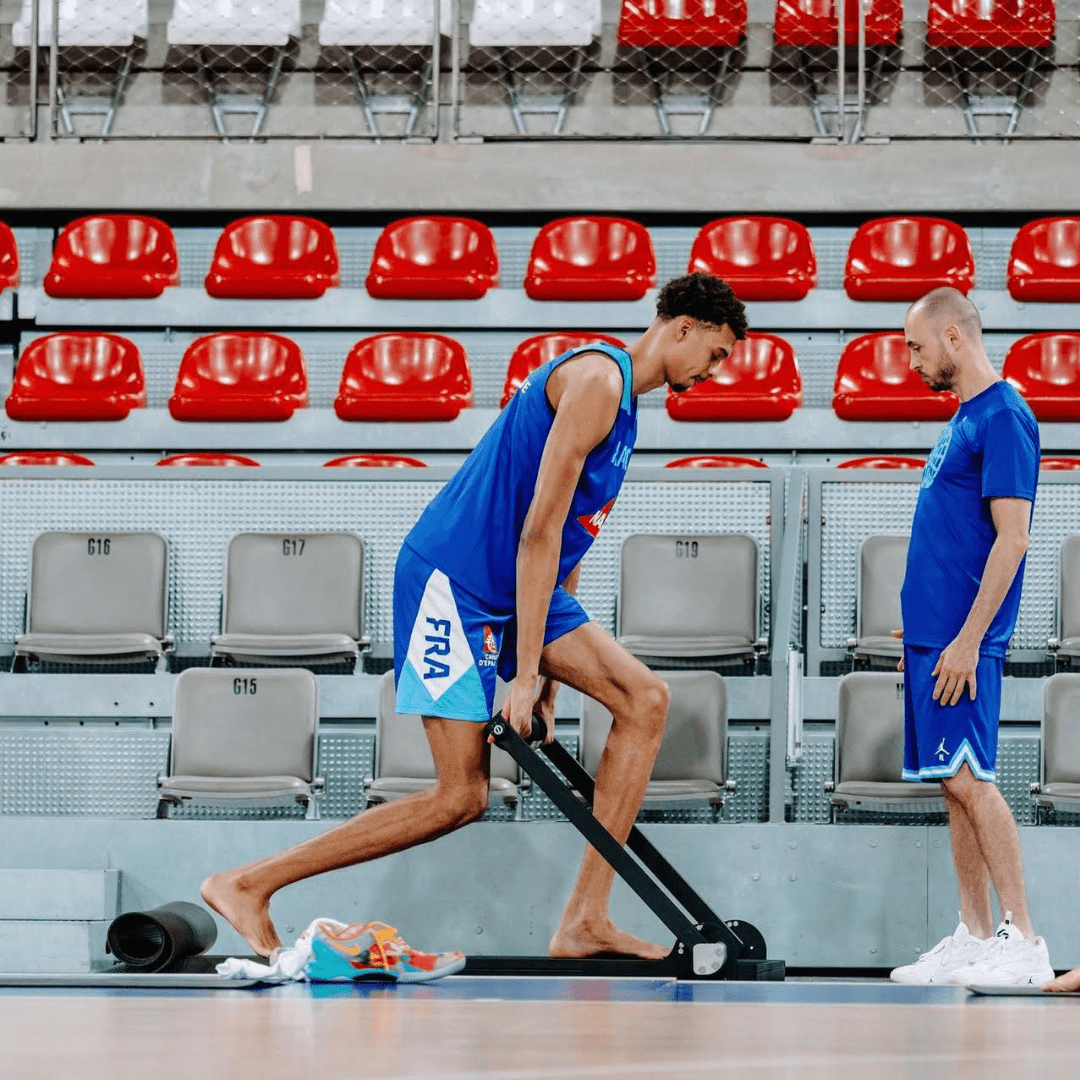
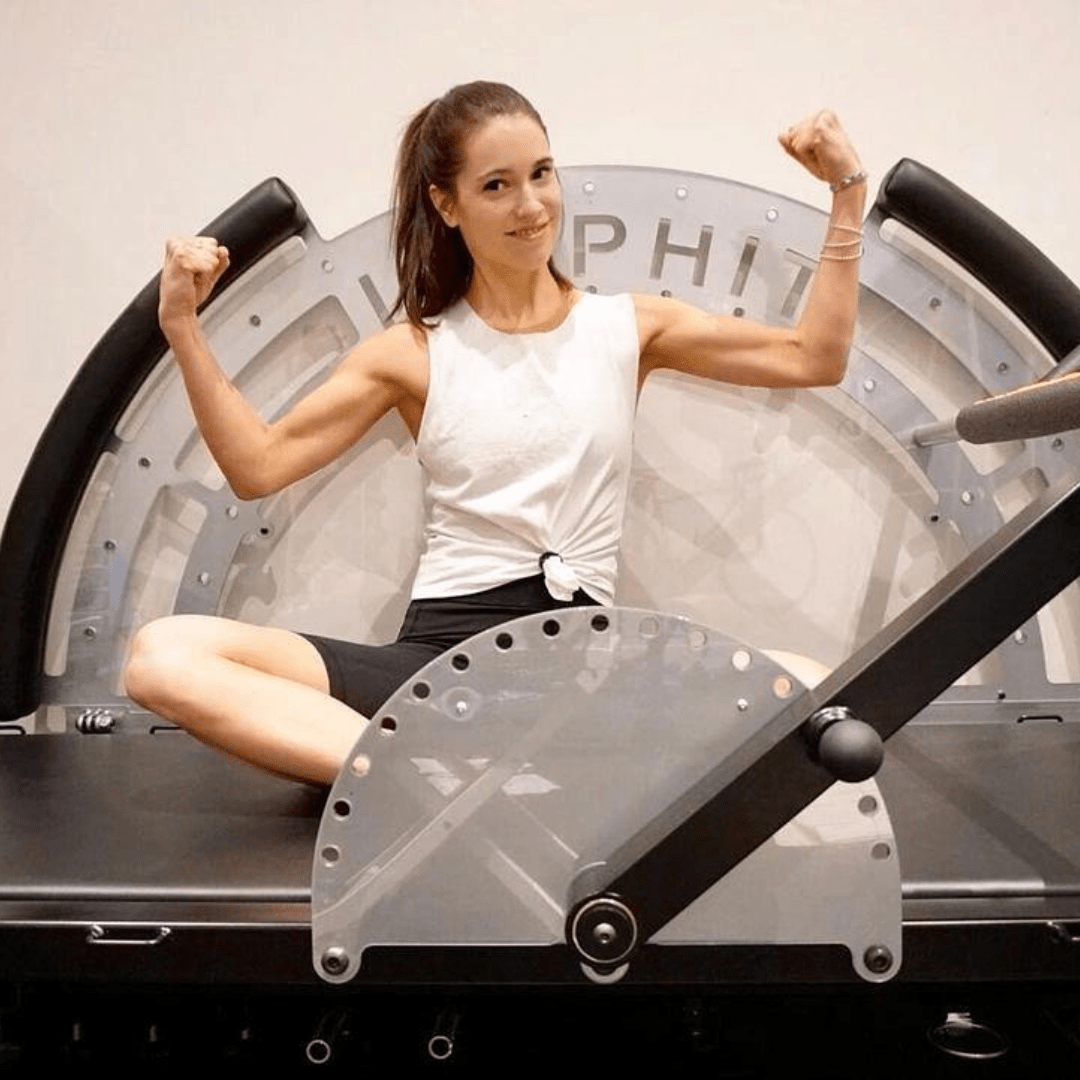

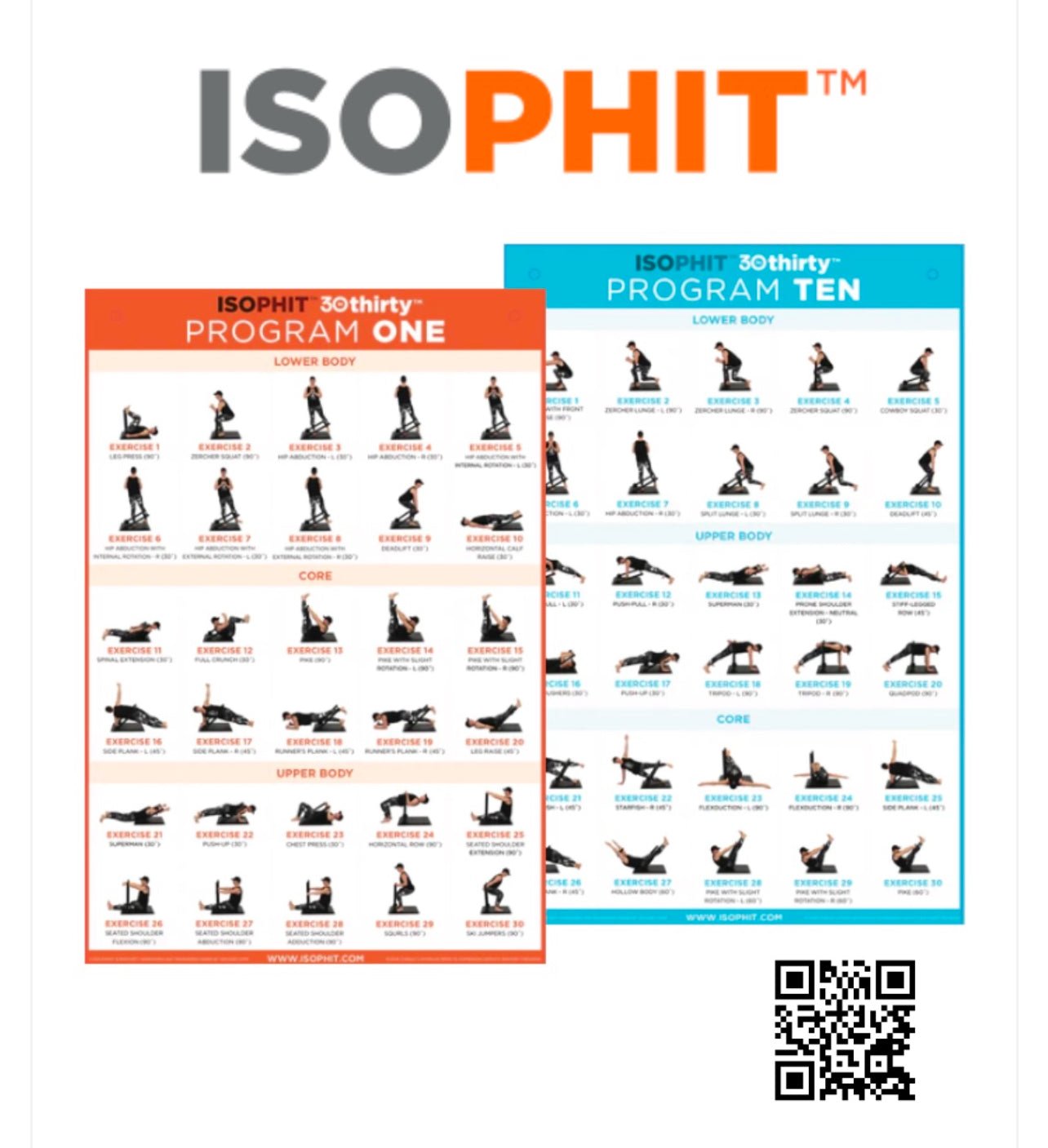
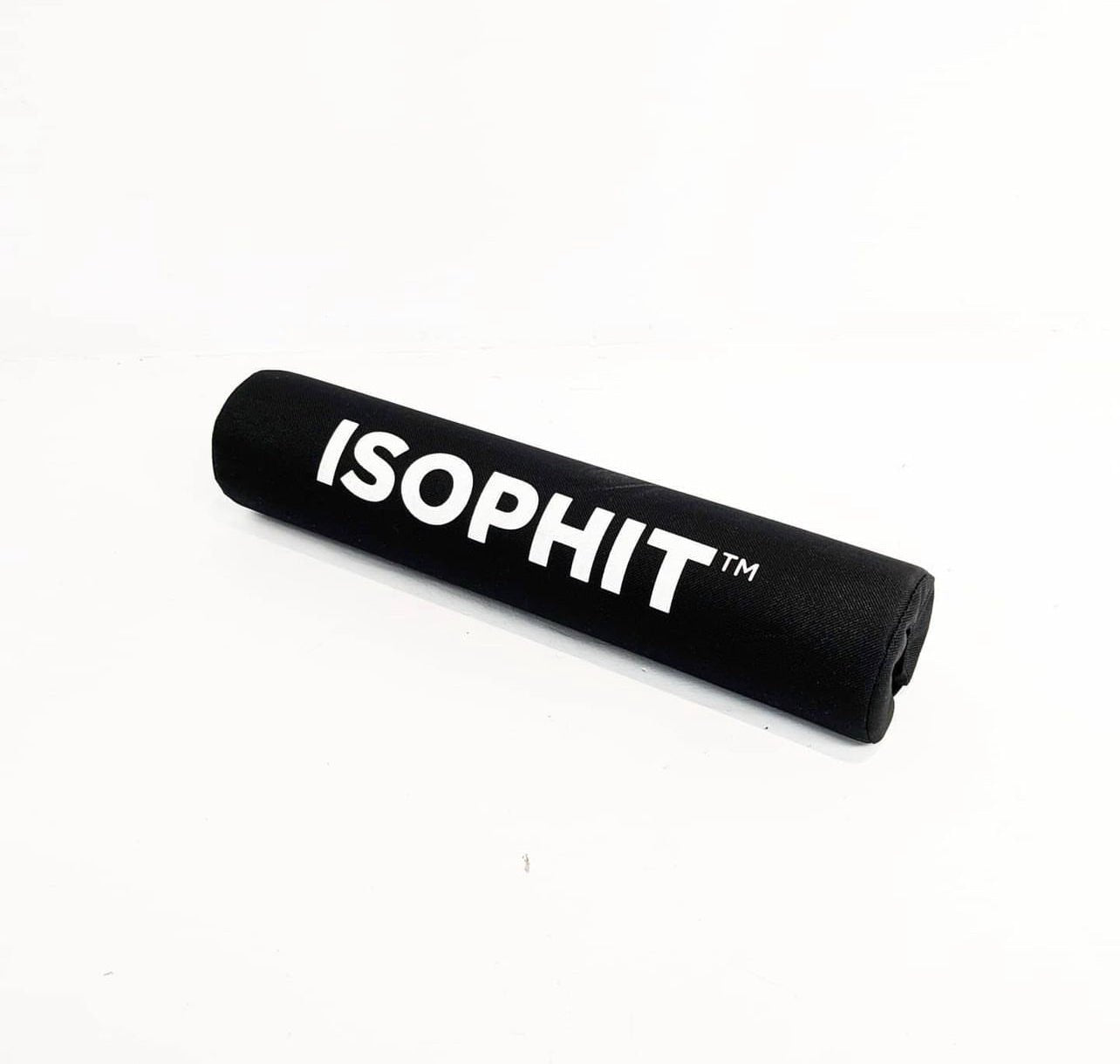
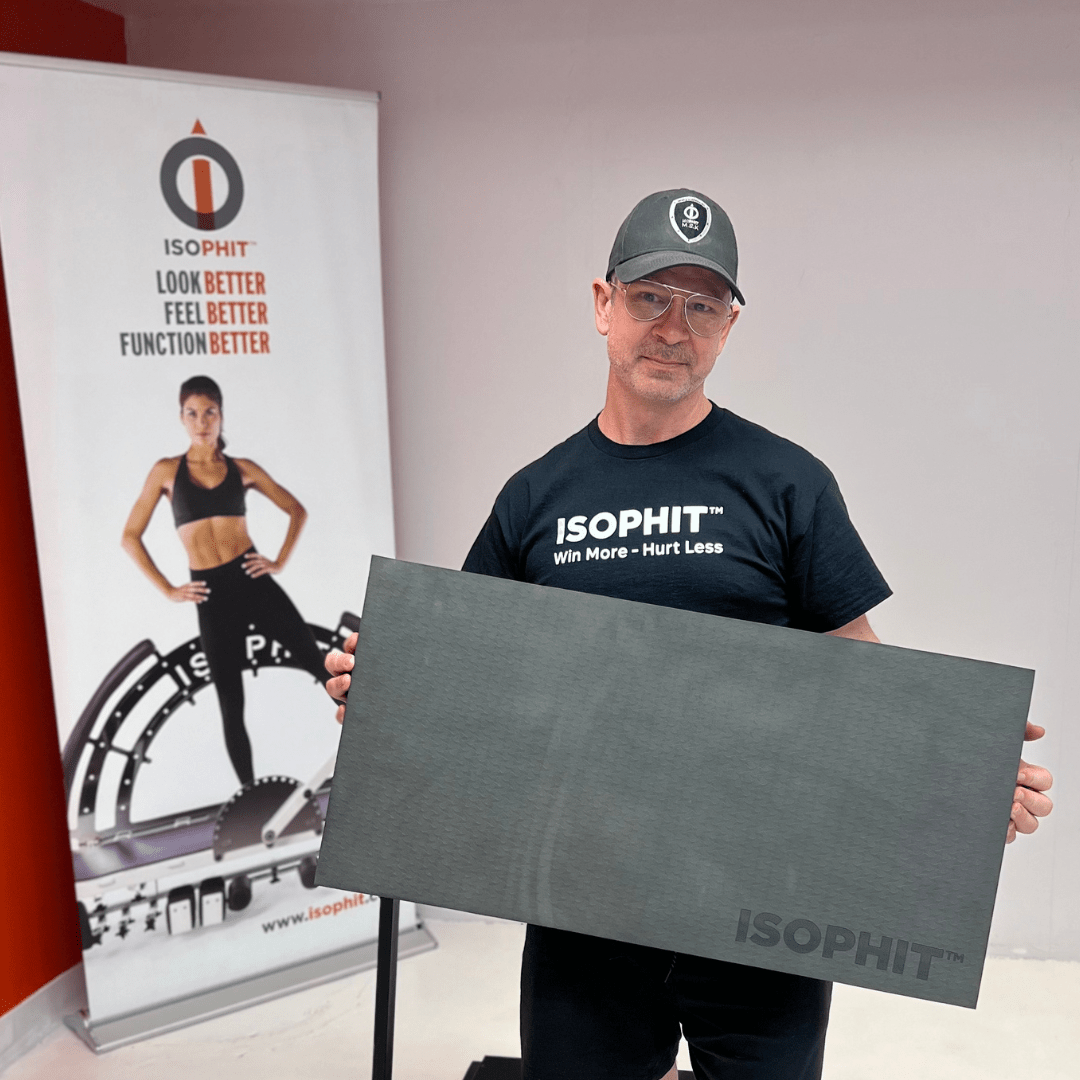
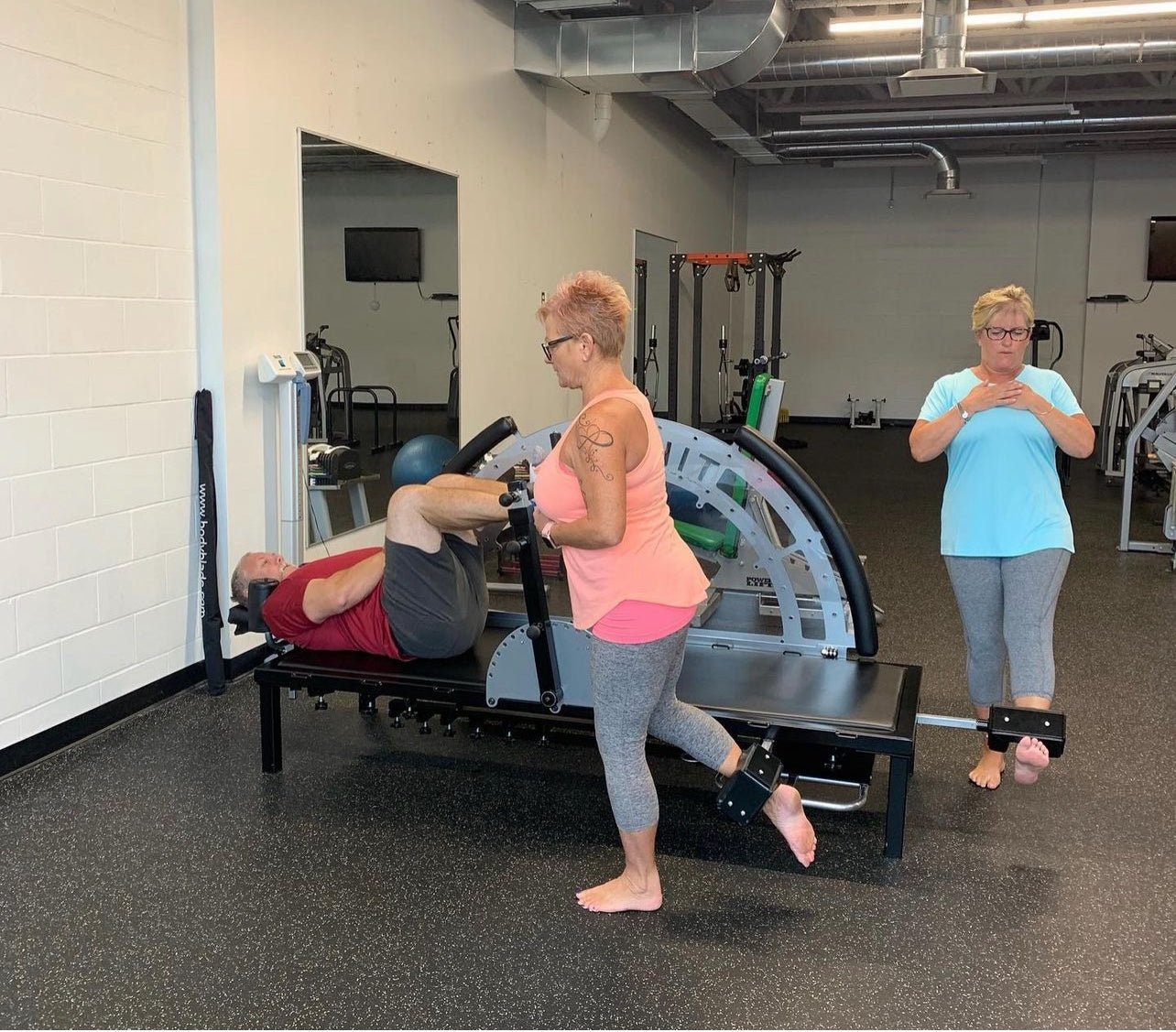
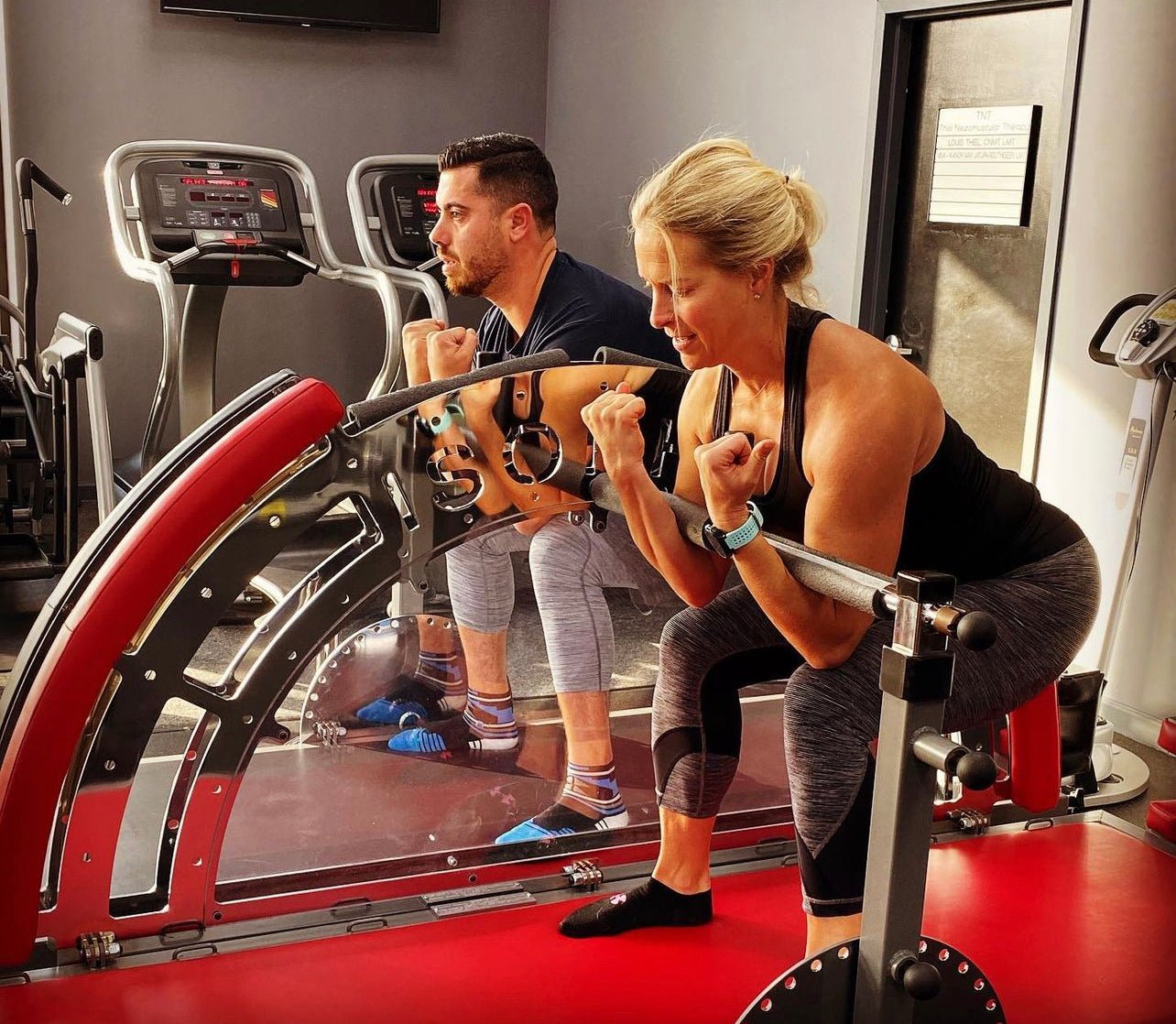
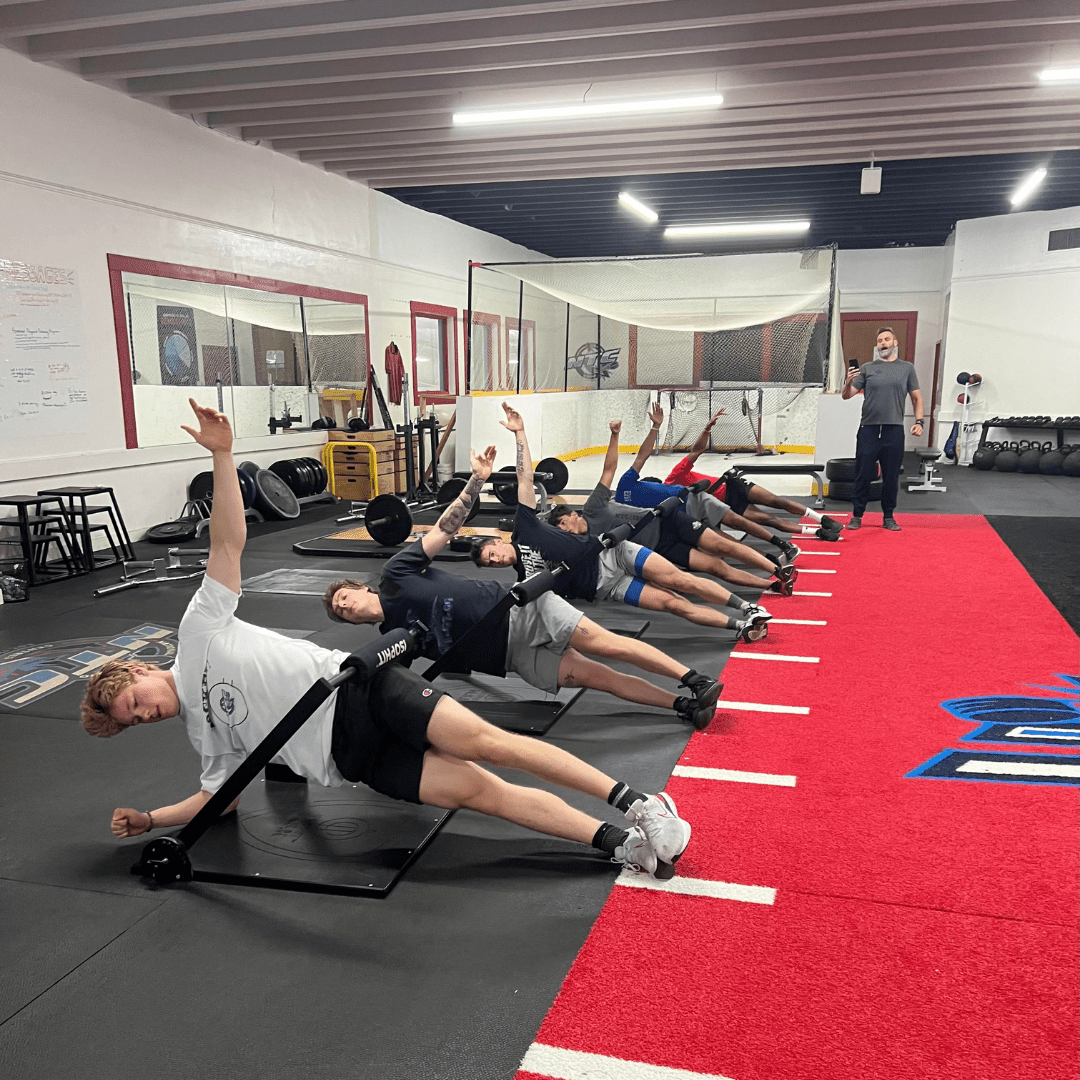
Share:
Is It Malpractice to Overlook Isometric Strength Training for Blood Pressure Management?
Rethinking Hamstring Injuries: A Call to Address the Root Causes